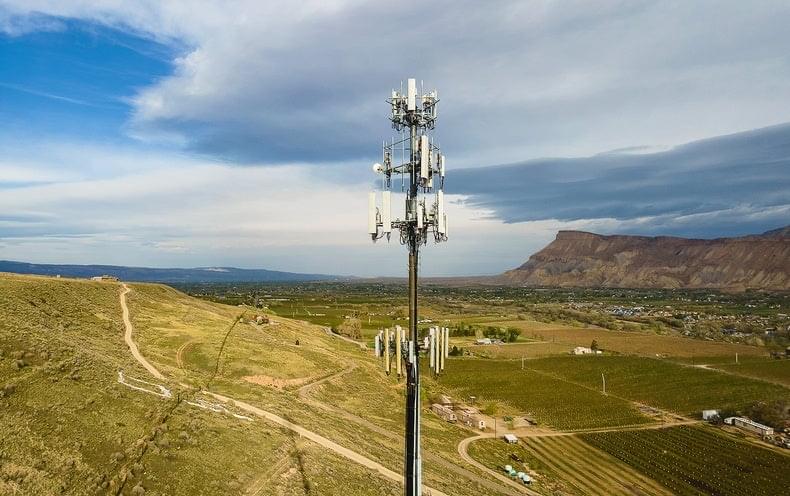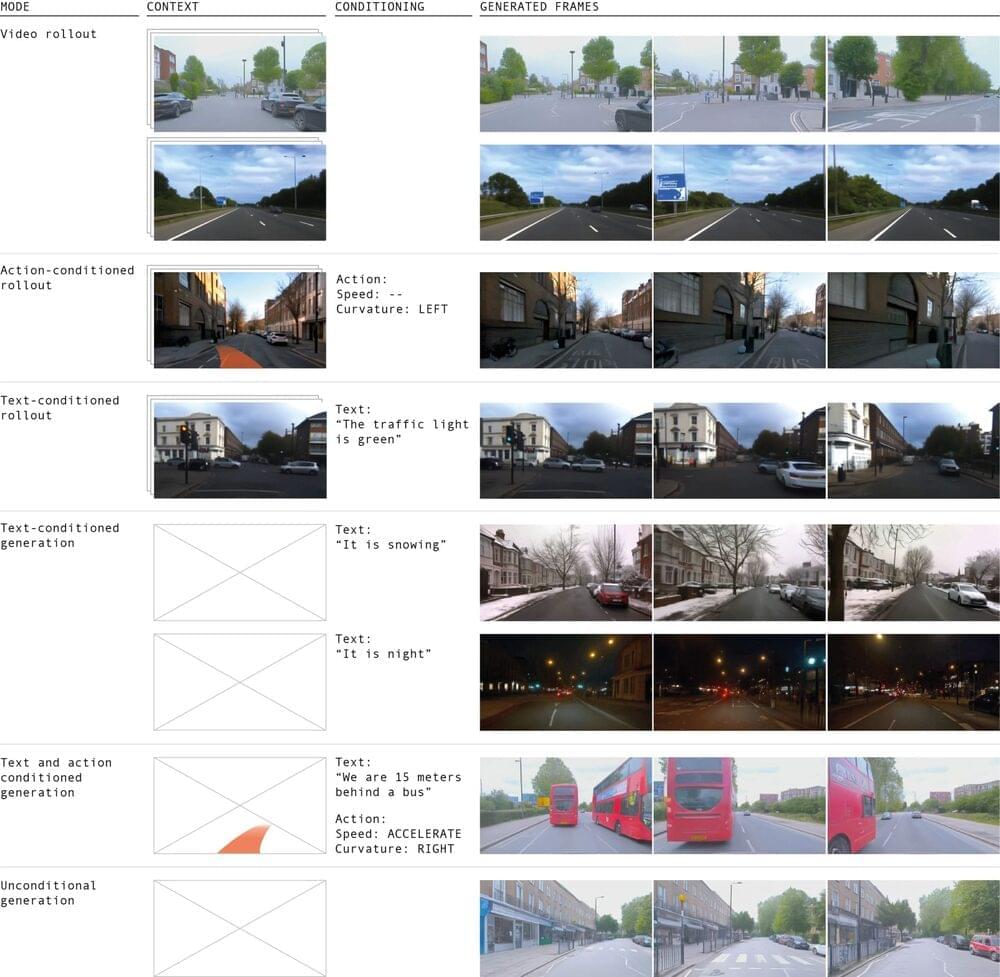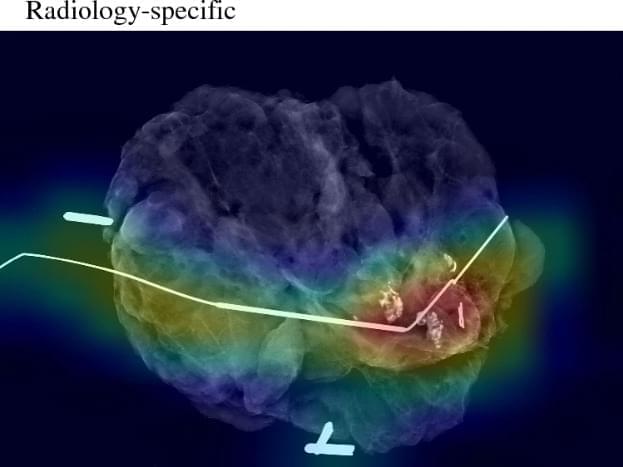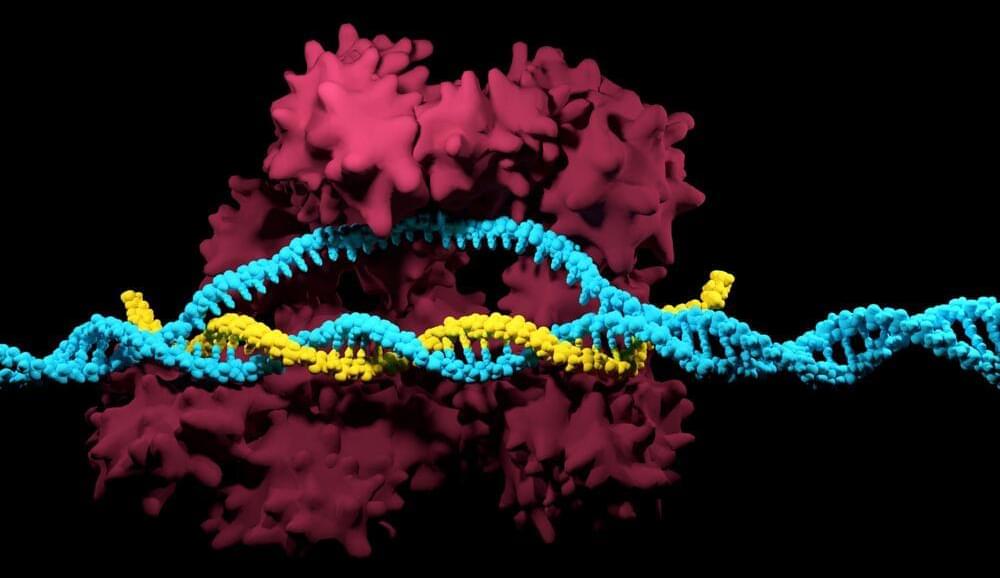Oct 4, 2023
Joscha Bach: Artificial Consciousness and the Nature of Reality
Posted by Dan Breeden in categories: cosmology, existential risks, government, robotics/AI
https://www.youtube.com/watch?v=P-2P3MSZrBM
Joscha Bach is the VP of Research at the AI Foundation, previously doing research at MIT and Harvard. Joscha work explores the workings of the human mind, intelligence, consciousness, life on Earth, and the possibly-simulated fabric of our universe.
Support this podcast by signing up with these sponsors:
- ExpressVPN at https://www.expressvpn.com/lexpod.
- Cash App — use code “LexPodcast” and download:
- Cash App (App Store): https://apple.co/2sPrUHe.
- Cash App (Google Play): https://bit.ly/2MlvP5w.
Continue reading “Joscha Bach: Artificial Consciousness and the Nature of Reality” »



















